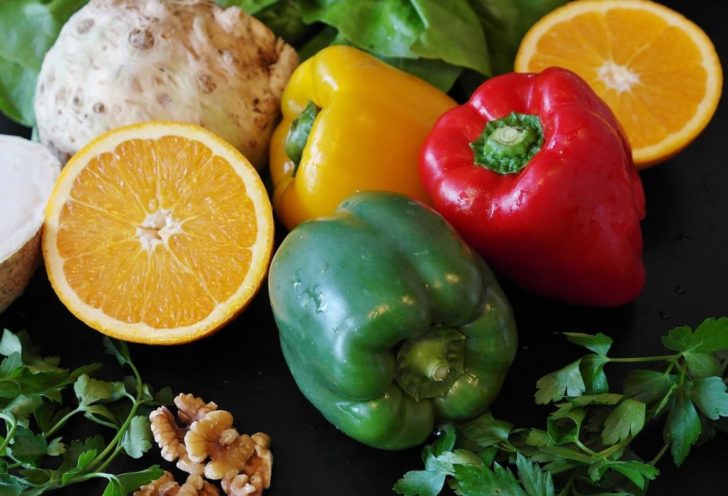Raw Food Diet: A Comprehensive Guide to a Healthy Lifestyle

Introduction
The concept of a raw food diet has gained significant popularity in recent years, as individuals strive for a healthier lifestyle. This article aims to provide a thorough overview of the raw food diet, including its definition, types, popularity, quantitative measurements, differences between variations, and a historical account of its advantages and disadvantages.
I. Understanding Raw Food Diet

The raw food diet is based on the principle of consuming unprocessed, uncooked, and predominantly organic plant-based foods. This dietary approach emphasizes the consumption of fruits, vegetables, nuts, seeds, and sprouted grains in their raw and natural state. The philosophy behind this diet is that cooking destroys essential enzymes and nutrients, which are believed to provide numerous health benefits.
II. Exploring Types of Raw Food Diets
1. Raw Vegan Diet: This form of the raw food diet excludes all animal products, including dairy, meat, and eggs. It focuses on consuming raw fruits, vegetables, nuts, seeds, and sprouted grains.
2. Raw Vegetarian Diet: Similar to the raw vegan diet, the raw vegetarian diet permits the consumption of raw dairy products, such as unpasteurized milk and cheese.
3. Raw Pescatarian Diet: This variation allows the consumption of raw fish and seafood, in addition to plant-based foods. It is popular among individuals who prefer to incorporate animal protein into their raw food diet.
III. Quantitative Measurements of Raw Food Diet
Research studies have shown that individuals following a raw food diet generally consume fewer calories, have a lower body mass index, and exhibit improved blood sugar control. Moreover, studies indicate an increased intake of essential nutrients such as fiber, vitamins, minerals, and antioxidants. However, it is essential to maintain a balanced diet to ensure adequate nutrition, as certain nutrients may be deficient in raw food diets.
IV. Differences Between Raw Food Diets
Despite the overarching principle of consuming raw, plant-based foods, variations of the raw food diet differ in terms of inclusivity of animal products and preparation methods. Some individuals prefer a high-raw diet, allowing for occasional cooked or processed foods, while others strictly adhere to a 100% raw diet. Additionally, variations may include the incorporation of fermented foods or the use of dehydrators to prepare raw vegan snacks.
V. A Historical Account of Raw Food Diet Pros and Cons
1. Advantages: The raw food diet offers potential health benefits, including weight loss, improved digestion, increased energy levels, and reduced risk of chronic diseases such as heart disease and diabetes. Supporters argue that the preservation of nutrients and enzymes enhances overall well-being.
2. Disadvantages: Critics of the raw food diet raise concerns about potential nutrient deficiencies, particularly in protein, calcium, iron, and vitamin B12. Moreover, foodborne illnesses may pose a risk due to the consumption of uncooked foods. Pregnant women, children, and individuals with certain health conditions should approach this diet with caution.
[INSERT VIDEO HERE]
In conclusion, the raw food diet provides individuals with a unique approach to improve their overall health and well-being. With various types and considerations, followers can tailor the diet to their preferences and health needs. While it presents potential benefits, it is crucial to ensure a balanced and diverse diet to prevent nutrient deficiencies. By understanding the history, advantages, and disadvantages, individuals can make informed decisions about incorporating the raw food diet into their lifestyle.
Word count: 493





















